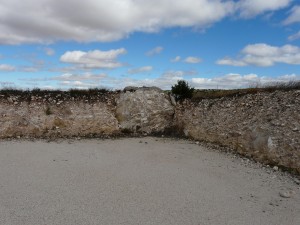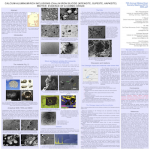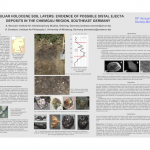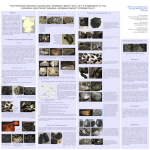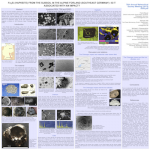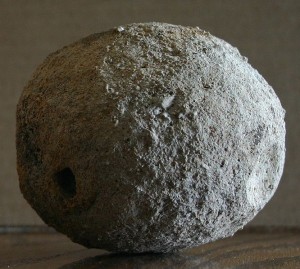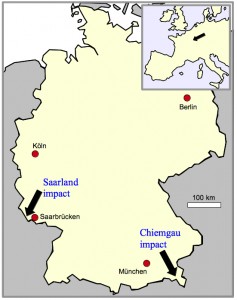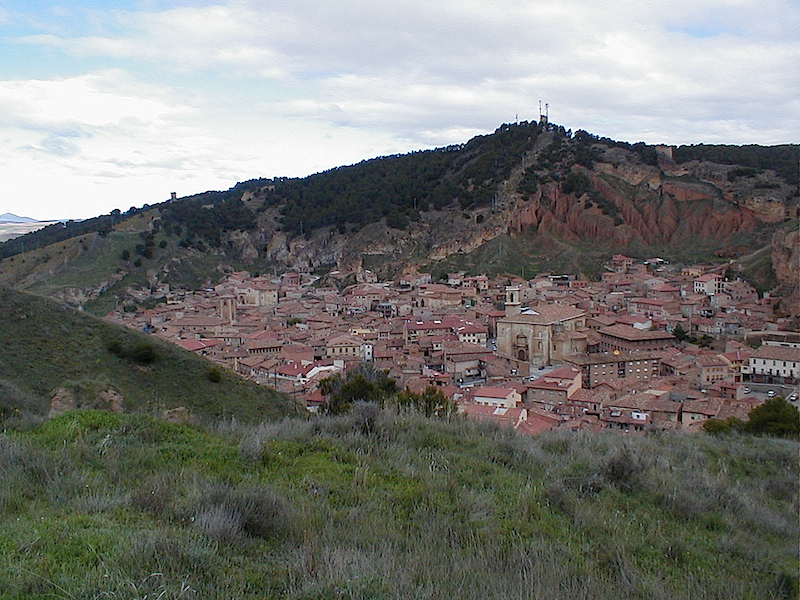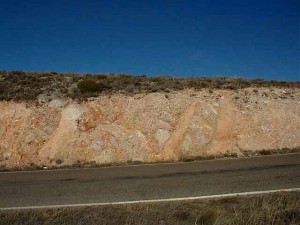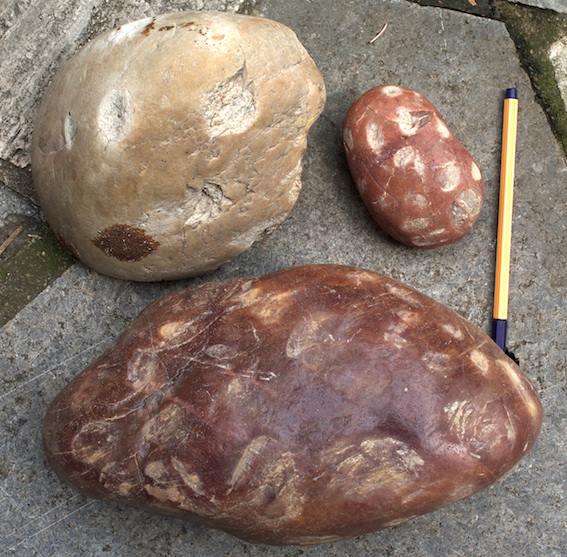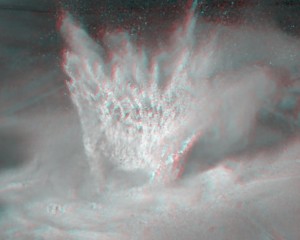Diamictic impact ejecta in a new outcrop near Aguilón
by Daniel Gorgas, Ferran Claudin & Kord Ernstson (October 2013)
On the occasion of foundation work for a windmill near Aguilón (Fig. 1) one of the authors (D.G.) once again came across an exposure of highlighting impact geology (Figs. 2, 3) that practically is self-explaining. A big roundish block of (probably) Malmian oncolitic limestone (Fig. 4) is embedded in a diamictite and in the broadest sense is part of this polymictic diamictic deposit within the northern ring anticline of the Azuara impact structure. Since other formation possibilities fail to explain this extraordinary setting (a big landslide, e.g., can be excluded because of lacking relief) the deposit is clear evidence of impact ejecta excavated from the growing Azuara impact cavity. The roundness of this big “ball” can be explained by rotation and transport under high confining pressure exerted by the now embedding diamictic material. Continue reading “Azuara impact geology”







































































